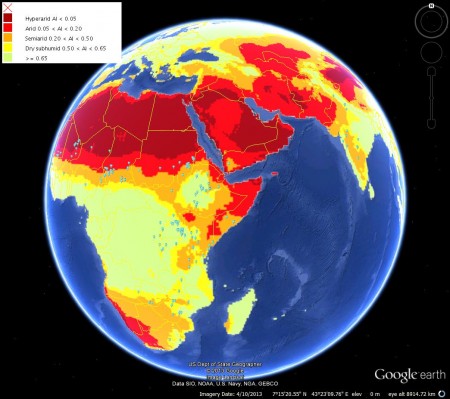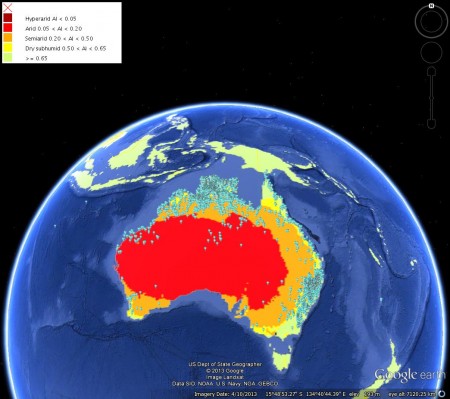We forget sometimes, in our cosy little crop genebank world, that botanic gardens do ex situ conservation of agricultural biodiversity too. 1 Witness the Royal Botanic Gardens Endinburgh and the Really Wild Vegetable Project. I only know about it because they tweeted on it earlier today, and the tweet caught my eye because it mentioned wild cabbage, and had a nice picture too. It turns out, however, that the particular population of wild Brassica oleracea oleracea involved is not in the national UK inventory of crop genetic resources as known by Eurisco, and thus Genesys, which basically just sucks up Eurisco data. 2
@RBGE_Science @BrianFLloyd Map of wild B oleracea oleracea accessions at @WarwickGRU based on Eurisco/Genesys pic.twitter.com/BuADxfcHjF
— AgroBioDiverse (@AgroBioDiverse) September 12, 2013
That only includes material from the Warwick Genetic Resources Unit, which happens to be mainly from the southern part of the UK. So the material mentioned in the Edinburgh tweet, which comes from Fife in Scotland, is likely to add significant diversity to the “national” collection at Warwick. Scope for some closer collaboration between these two institutes? Well, maybe it’s already there and I haven’t caught it. Do let me know if I’m being unfair.

